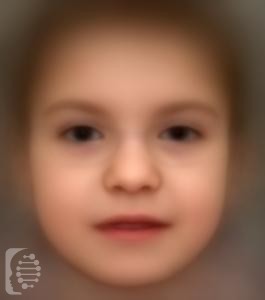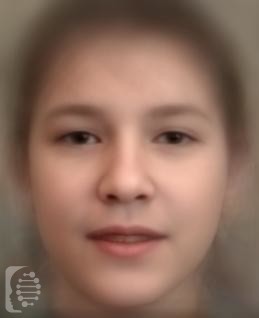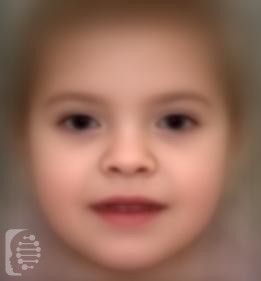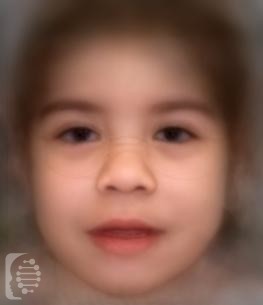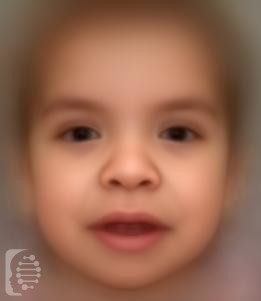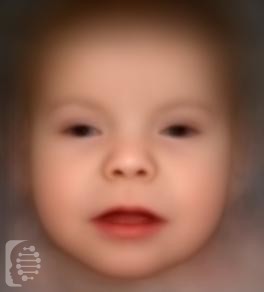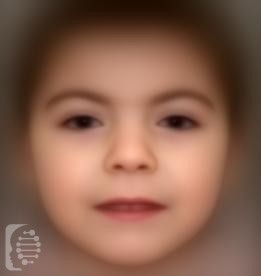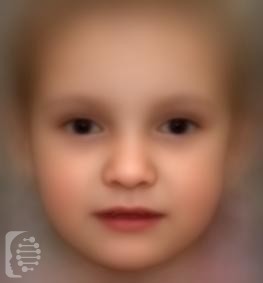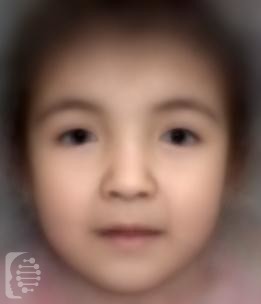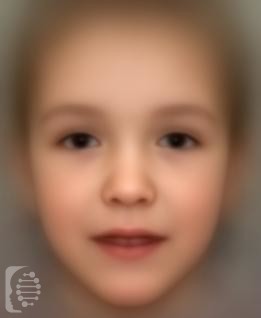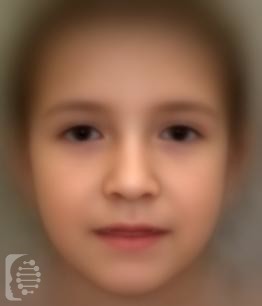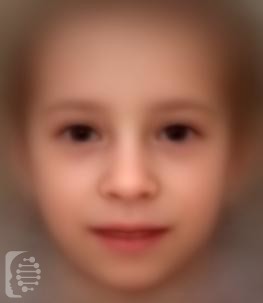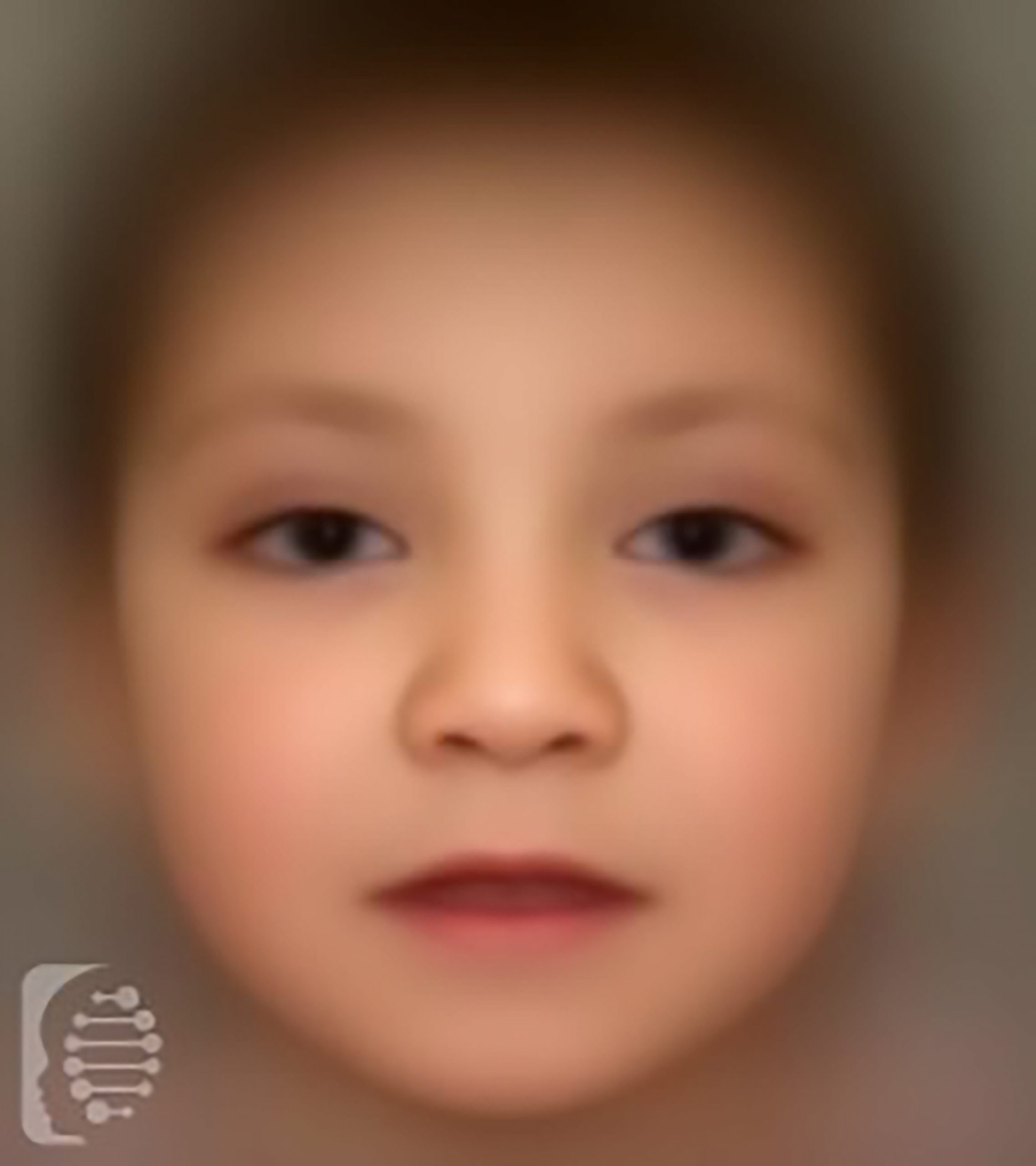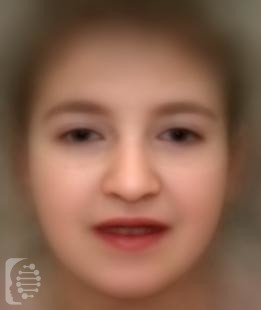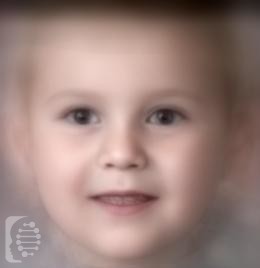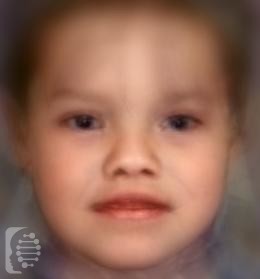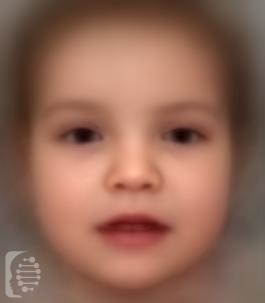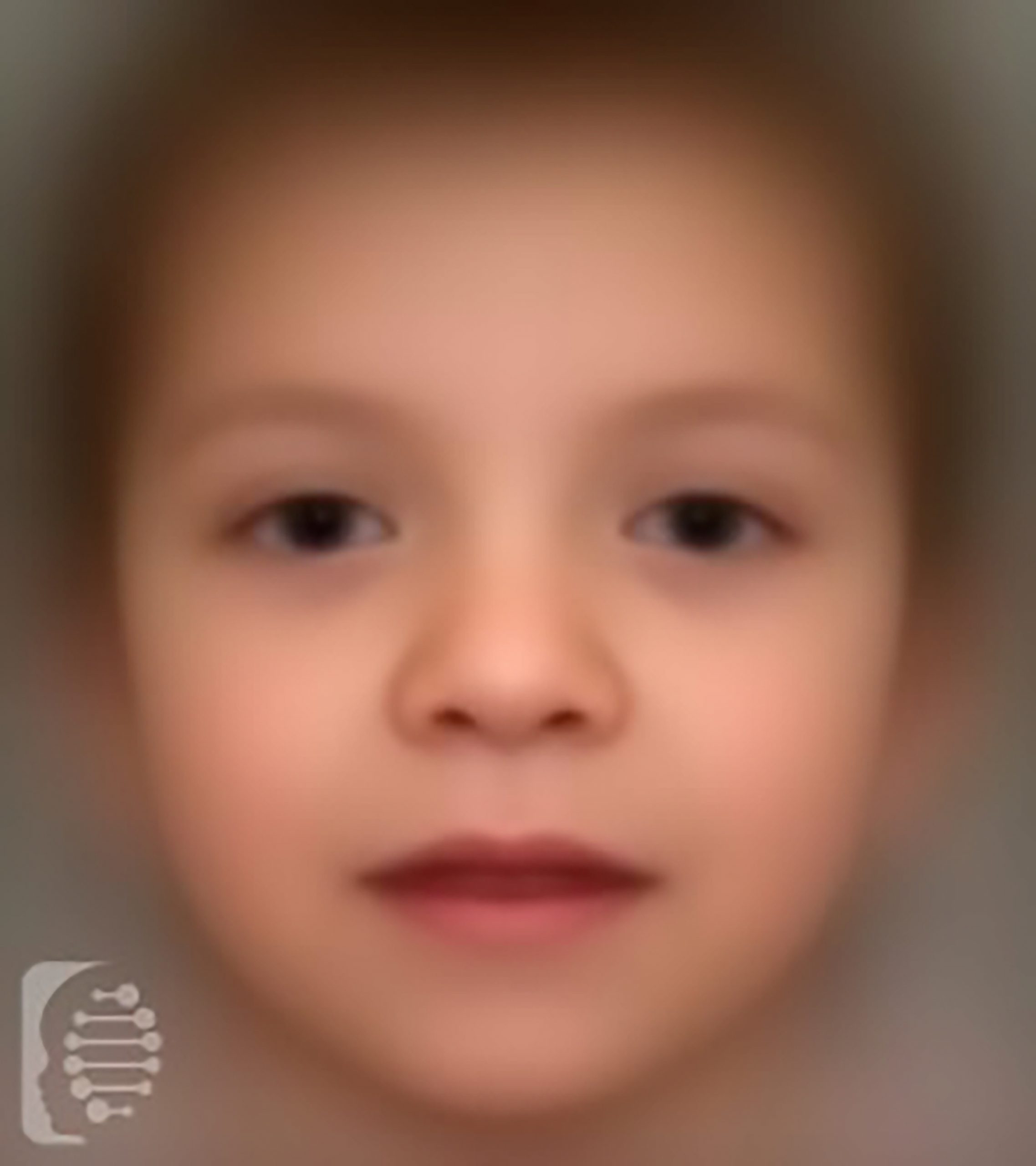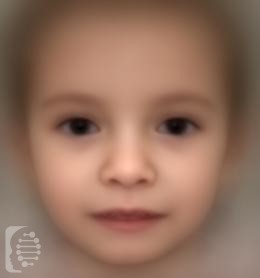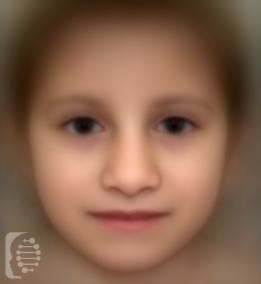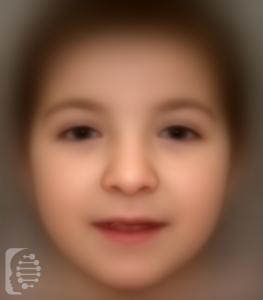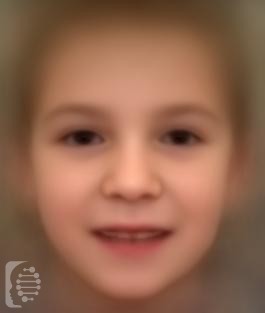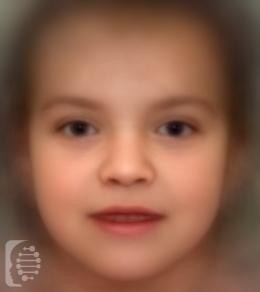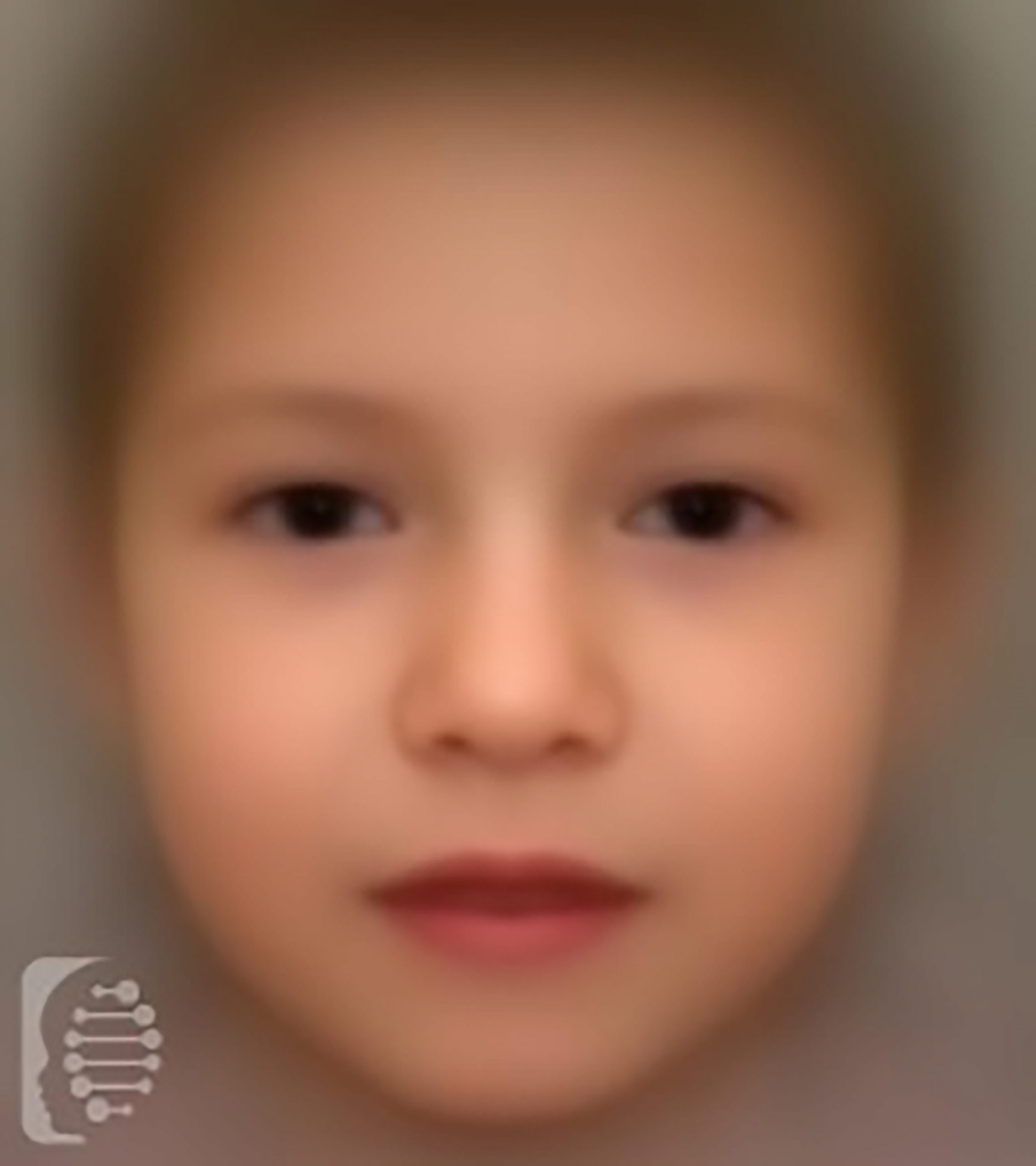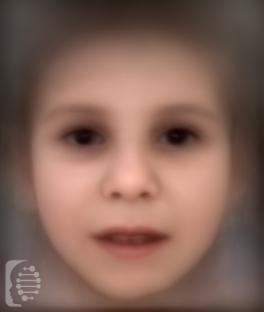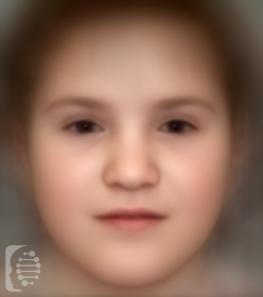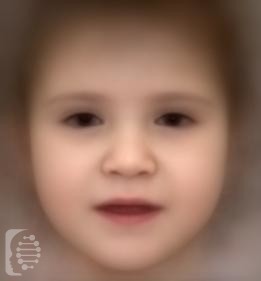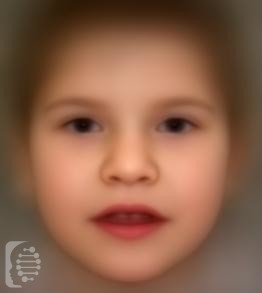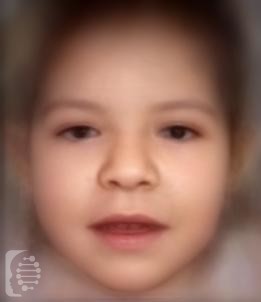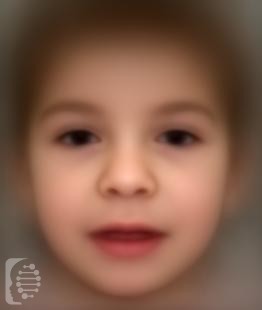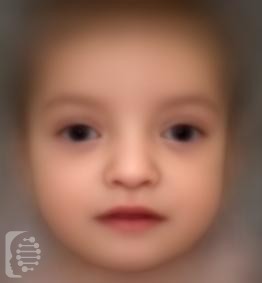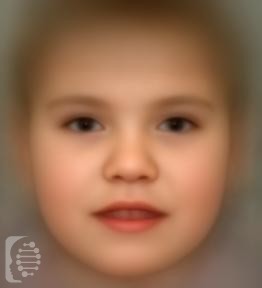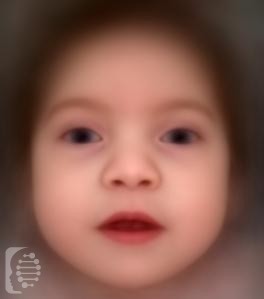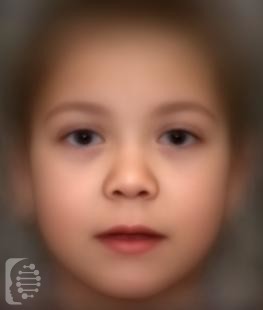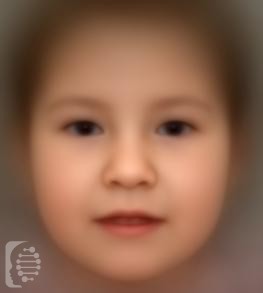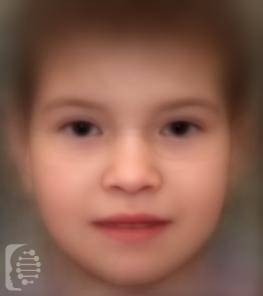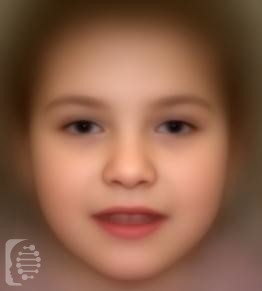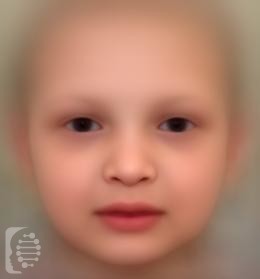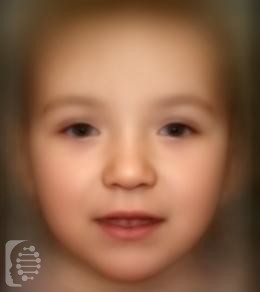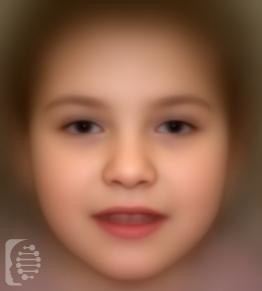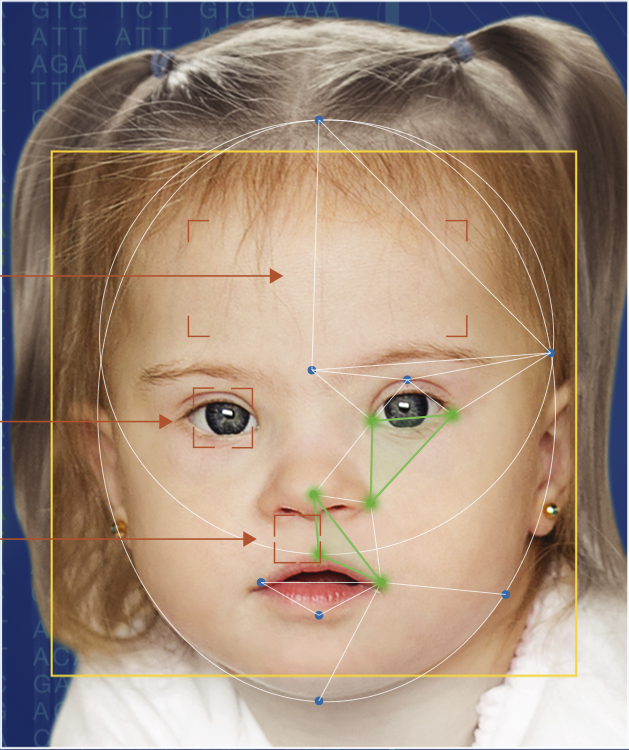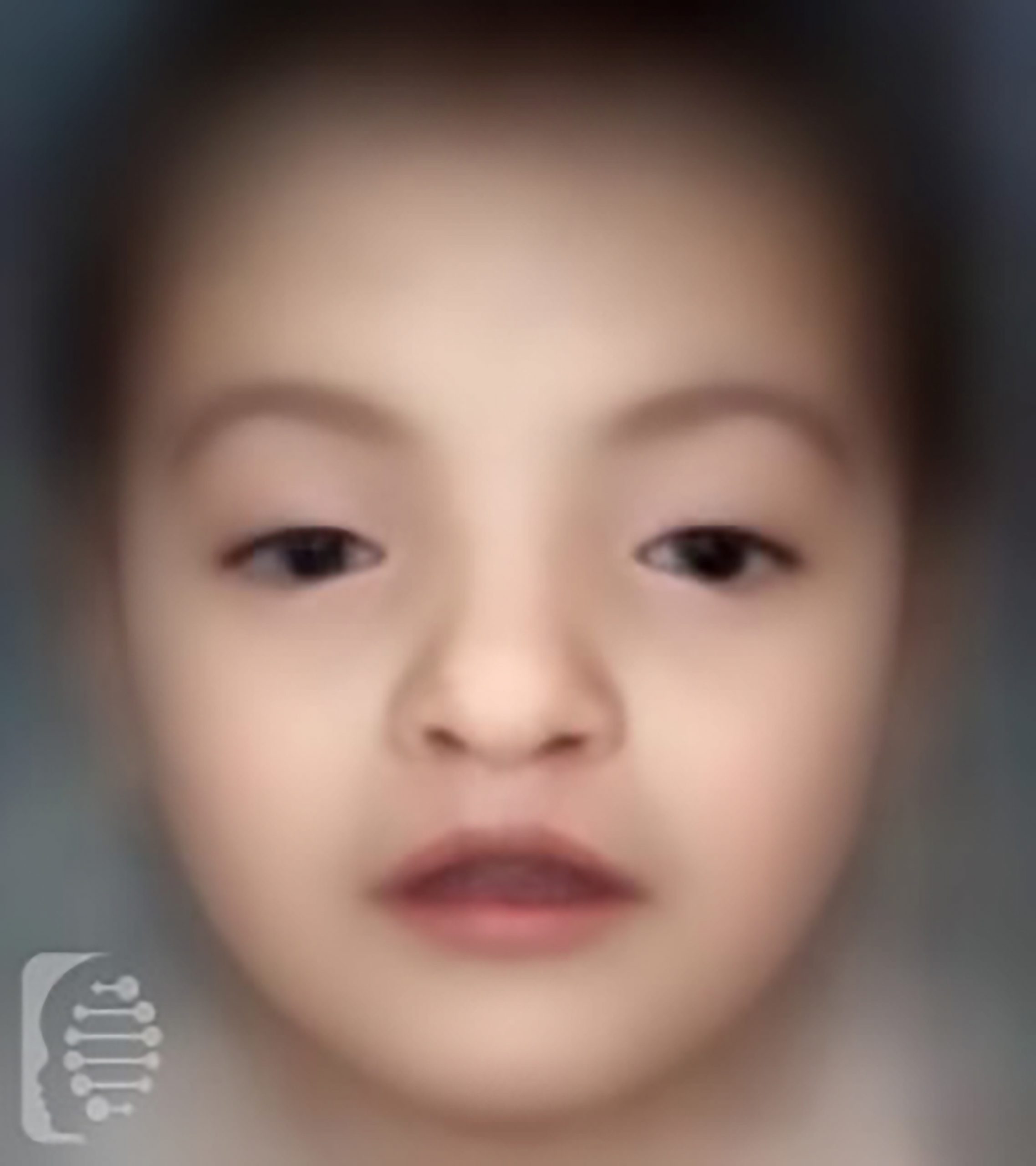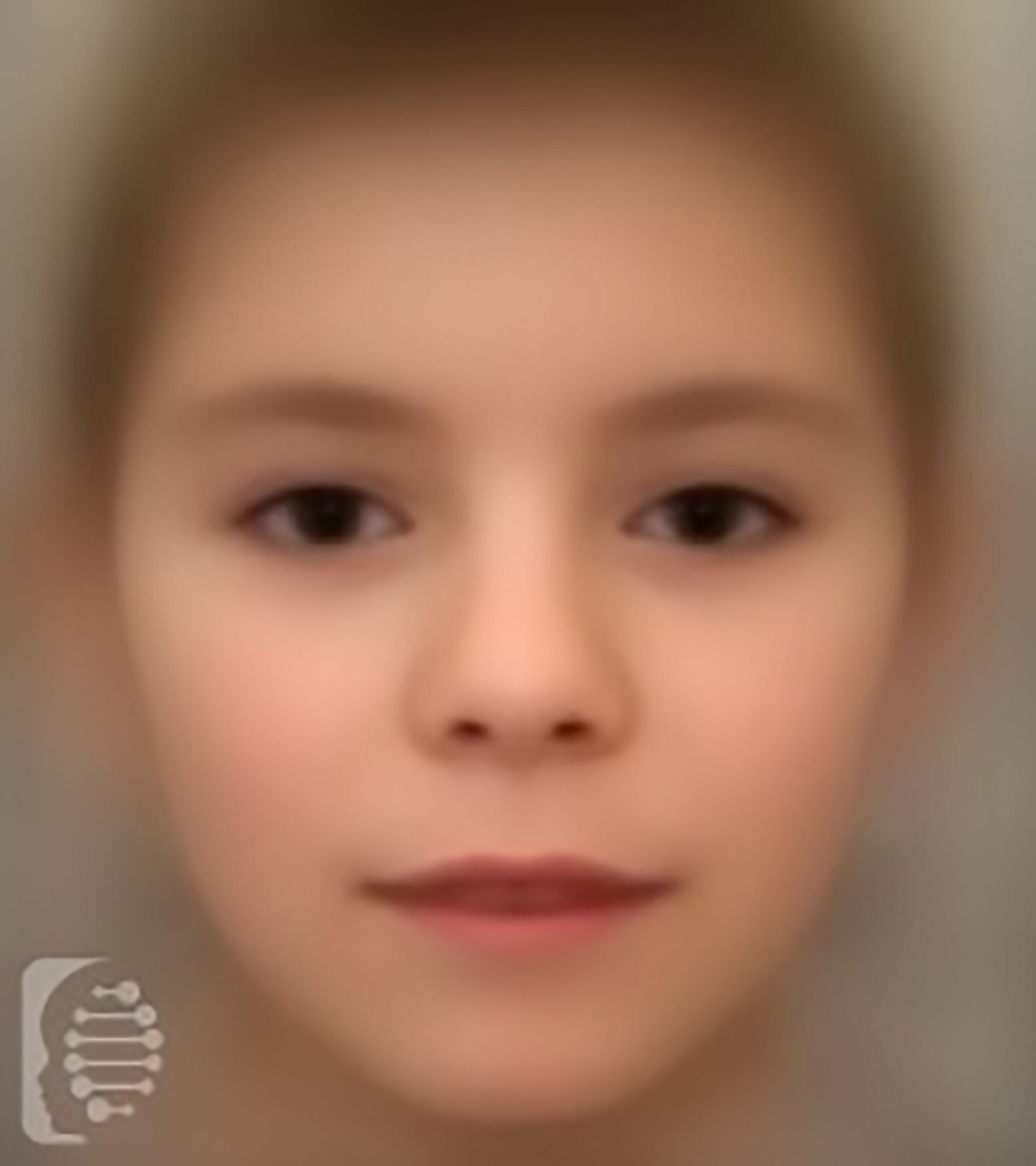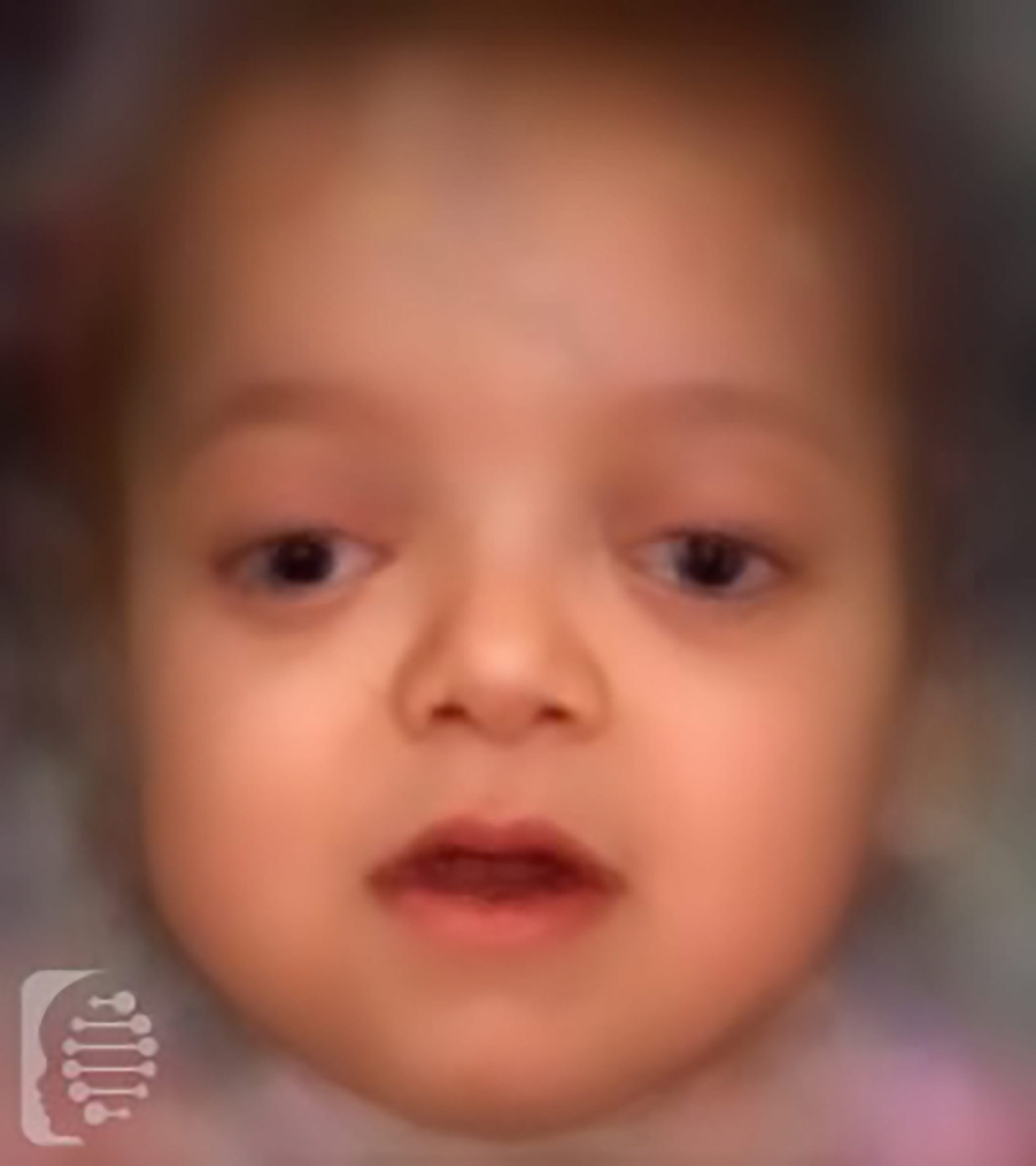Paula and Bobby
Parents of Lillie
Dystonia

Understanding muscle related symptoms and features.
Symptoms may affect multiple parts of the body. Understanding which part of the body a symptom affects, can help us to better understand the potential underlying causes of a symptom, including a rare disease or genetic syndrome.
The muscular system contains three muscle types: cardiac, smooth and skeletal. The muscular system affects multiple parts and functions of the body including: movement, balance, stability and posture, circulation, respiration, digestion, urination and childbirth.
Symptoms affecting the muscles can not for the most part be seen with the naked eye. Diagnosing a muscle related symptom may involve different tests and assessments, both subjective and objective.
Symptoms relating to the muscles may affect their function and tone. They may also affect the structure of the muscles, regardless of how big or small (macro and/or microscopically) this change in the structure might be.
What is dystonia?
Dystonia is a condition whose primary feature is a tendency for the muscles of different parts of the body to contract involuntarily. This may cause slow, repetitive movements, abnormal posture, or tremors. These movements may be painful. There are three main types of dystonia: focal dystonia (affecting only one part of the body), segmental dystonia (affecting two or more parts adjacent to each other), or general dystonia (your whole body).
The different forms of dystonia affect one muscle, certain muscle groups, or the muscles of the entire body. Dystonia can be genetic but in most cases the cause is not known.
Dystonia has no cure, but it can be medicated to improve its symptoms. Sometimes surgery may be indicated, to regulate or disable the specific nerves or brain regions that cause very severe dystonia.
What are some of the symptoms of dystonia?
Since dystonia can affect multiple body parts, symptoms may vary, but could include: Foot cramps, or a tendency for one foot to turn and drag. This may happen once in a while, or when the muscles tire after a long run or walk. Handwriting that becomes messier and harder to read after several lines are written. An involuntary turning or pulling of the neck, especially when under stress or fatigued. Rapid, uncontrollable blinking, or eye spasms that close the eyes. Tremors. Speaking with difficulty. Initially, the symptoms may be mild and hardly noticeable unless the affected person is very tired, stressed, or has exerted themselves for a long time. With time, symptoms may progress and become more noticeable, but they may remain just the same.
Sometimes dystonia may affect just one action, while other actions using the same muscles are unaffected. For example, a cyclist may experience dystonia when riding a bicycle, but not when jogging or walking.
What should I do next?
In some instances, dystonia may be one of the features of a rare disease or genetic syndrome. In this case fast, targeted genetic analysis can give you a more accurate diagnosis.
Synonyms:
Dystonic disease, dystonic movements
HPO:
0001332
Optional syndromes:
Clarify any concerns you may have and get tested online today!
Schedule Your Online Meeting Now
Synonyms:
Dystonic disease, dystonic movements
HPO:
-
0001332
Optional syndromes:
FDNA™ Health can help you with the diagnostic journey.
Learn about child developmental delays: Causes, Symptoms, and Therapies.
Don't wait years for a diagnosis. Act now and save valuable time.
Explore the most detected symptoms in our system (numbers are global and based on the data from 120 countries):
What is FDNA Health?
With the largest global database and a leading decision-support tool using AI, FDNA™ Health enables patients and their families to better understand symptoms and conditions with the goal of shortening the time to diagnosis.
Benefits of FDNA Health
Save valuable time by
learning about possible conditions
and report to your clinician
Advanced AI technology
and leading worldwide clinicians
shortening time to diagnosis
Looking for answers?
Worried about child development?
We are here to help you!


